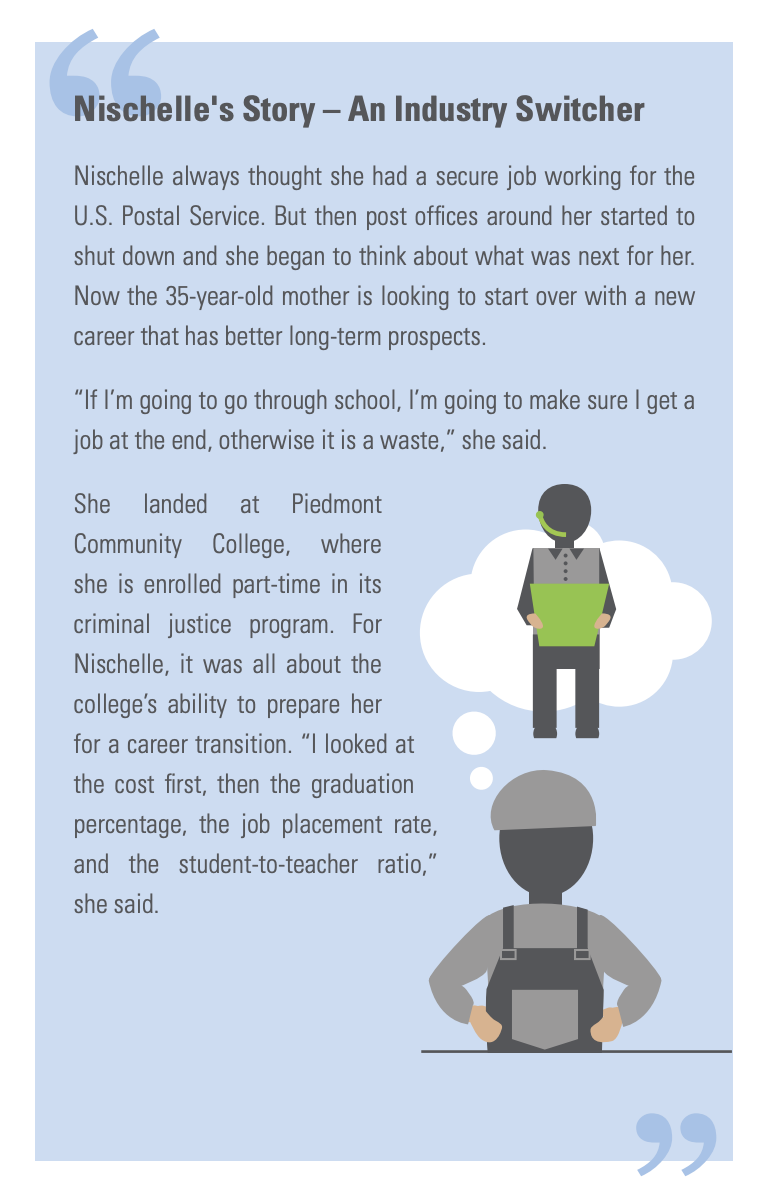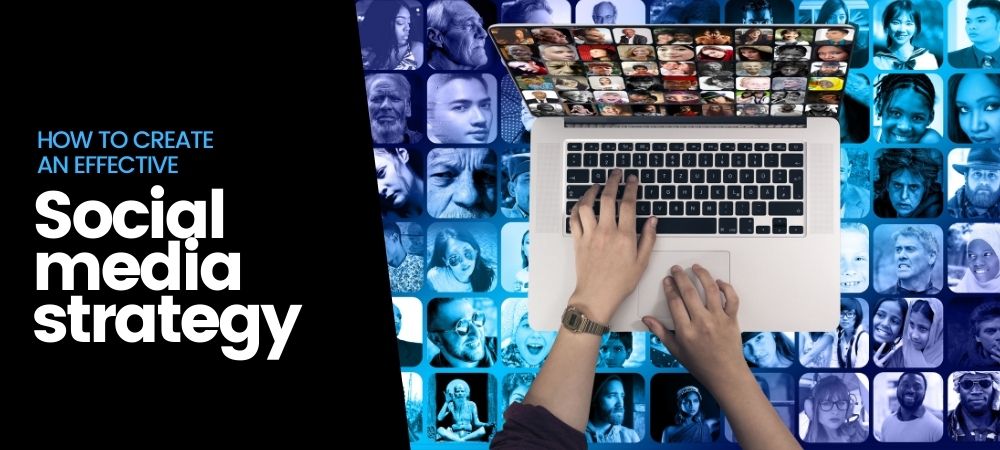Social media is central to the success of any student recruitment campaign. Did you know that 83% of students use social media channels to help them make their college choices?
Social media is also a crucial tool when it comes to managing student and alumni relations, promoting events, and, as we’ve discovered in recent years, keeping stakeholders informed in a crisis. With all this in mind, social media management can feel insurmountable.
Especially if you’ve chosen to go down the multi-channel route.
The key to social media success is in the planning. Let’s take a look at how to create an effective higher education social strategy: one that will boost your college’s reputation and contribute towards meeting its various targets.
Keep the wider mission in mind
Set out to align your social media strategy with your college’s overarching goals, values, and objectives. Matching your strategy with your college’s mission will help create a clear business case for allocating time and resources to social media.
Take New England College, for example. The mission statement on the college’s website reads: “New England College is a creative and supportive learning community that challenges individuals to transform themselves and their world.”
At the beginning of 2022, New England College interviewed one of its undergraduate students about their higher education journey and shared the video on Instagram.
In the video, Tyler explains how the college is supporting his career ambitions by providing him with work experience opportunities. “Just being able to tap into the vast network that [the professors] have developed is incredible because they want to set you up for success.”
Peer reviews are powerful, so getting existing students to share their experiences can work wonders for student recruitment.
View this post on Instagram
Create student personas
Creating student personas means figuring out who your social media posts are for. You may already have created student personas through your student journey mapping process.
A student persona is a fictional “type” of person based on your college’s applicants, existing students, alumni and donors. The options are numerous and unique to each individual college. Student personas help you create relevant, useful and engaging content.
When creating a student persona, consider the following details:
- Day-to-day activities
- What motivates them
- Their post-college ambitions
- Where they consume information
- Any pain points or concerns, e.g. access to childcare
You could follow in Parthenon Group’s footsteps and create personas primarily based on what students want to achieve upon graduation. Here’s an example:

Once you’ve gone through the persona creation process for one type of prospective student or stakeholder, repeat the process. The number of personas you create will ultimately depend on your college – some will have a couple whereas others may have five or more.
Once you’ve gained an in-depth understanding of your target audience, it’s time to start thinking from their perspective. Spending a couple of hours in their shoes will get you thinking about the type of content and topics each persona is looking for.
In the Instagram post below, The Modern College of Design shows users how to book a campus tour. It provides prospects with the option to visit in person or attend a virtual event that fits around their schedule.
This type of content can be reassuring for students, especially those who live far away or have other commitments, such as workers or caregivers.
View this post on Instagram
Pinpoint your platforms
It’s important to consider the whole suite of social media platforms, even if it means going out of your comfort zone. Where do your student personas hang out? Staying informed of demographic and platform trends will enable you to track where communities are active.
Remember: your content needs to speak to different generations.
According to the National Centre for Education Statistics, 90% of students in public four-year schools are under 25. However, in private for-profit four-year schools, 66% of students are 25 or over. Even if you’re catering mainly to Gen Z, you also have to think about:
- Individuals who don’t fit the parameters of a persona
- Parents of prospective school-leaver students
- Your college’s corporate partners and recruiters
- Existing and potential faculty and staff
- Alumni and donors
Don’t underestimate TikTok, social media’s destination for bite-sized videos.
It currently has one billion active users, and of the 4.8 billion internet users worldwide, 20.83% engage with TikTok. A growing number of colleges are using TikTok to connect with Gen Z audiences by creating content that’s fun, relatable and educational.
Indiana University is an example of a higher education college working wonders on TikTok.
Its Day in the Life campaign gives prospects a taste of what it’s like to study at the college and includes the perspectives of a wide variety of students and subjects. Here’s an example:
If you’re not au fait with TikTok, spend some time on the platform getting to know it. It’s different from the likes of Instagram, Facebook and LinkedIn.
Check out the trending filters, songs and effects. See how organizations use branded hashtag challenges to transform followers into brand ambassadors.
Don’t forget to create guidelines
It’s highly unlikely you’ll be the only one involved in managing and creating content for your college’s social media accounts.
Therefore, it’s important to create a policy containing guidelines. Doing this will help you and your team maintain a consistent tone of voice across the different channels. It’ll also establish some best practices.
Your guidelines should include:
- A tone of voice and style guide
- Crisis and emergency management information
- Steps on how to deal with negative messages
- Contact information for members of the team
- Resources for social media learning and upskilling
Explore various content types
Some social posts take longer to craft than others. The post below from the Automotive and Diesel Institute, for example, would have been relatively quick and simple to make. It’s no less effective though, and encourages people to engage by visiting or asking a question.
View this post on Instagram
Although it takes longer to create video content, it can be worth the effort. Student generated content like the examples in this article can help convert prospective students into enrolled ones. Who do you think would make great social media ambassadors at your college?
As well as benefiting your college, getting students to collaborate with you can help them too, especially if they’re looking to build their own social media presence or learn new skills ahead of graduating. An engaging and articulate video can work wonders for a student’s CV.
Invest in your social media team
Nikki Sunstrum, the Director of Social Media and Public Engagement at the University of Michigan, oversees a team of 12. In a podcast for Volt on the state of social media in higher education, she explains the day-to-day responsibilities of her team.
You can listen to the podcast on SoundCloud.
…I have one primary communicator and decision-maker within every individual school, college and organizational unit that I work with on a weekly and daily basis to ensure that we are adequately promoting content that represents the breadth of our academic research and impact…”
Nikki Sunstrum, University of Michigan
If you simply don’t have the resources to employ a full team of social media experts, you could try collaborating with other departments.
Software is also key, whether you’re heading up a large team or managing social media on your own. Use a trusted social media management platform to upload content for different channels in bulk, and schedule posts ahead of time to maintain consistency.
Don’t forget to leverage the capabilities of your higher education CRM too. Use it as part of your social media strategy to capture student enquiries and automatically distribute them to counselors, ensuring that every request enters a workflow that leads to an enrollment.








![Top 18 CRM Tools for 2024 [Features, Reviews, and Ratings] 2 best crm tools](https://www.leadsquared.com/wp-content/uploads/2022/01/best-crm-tools-80x80.jpg)
